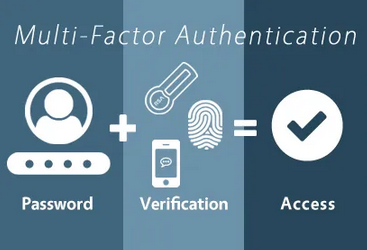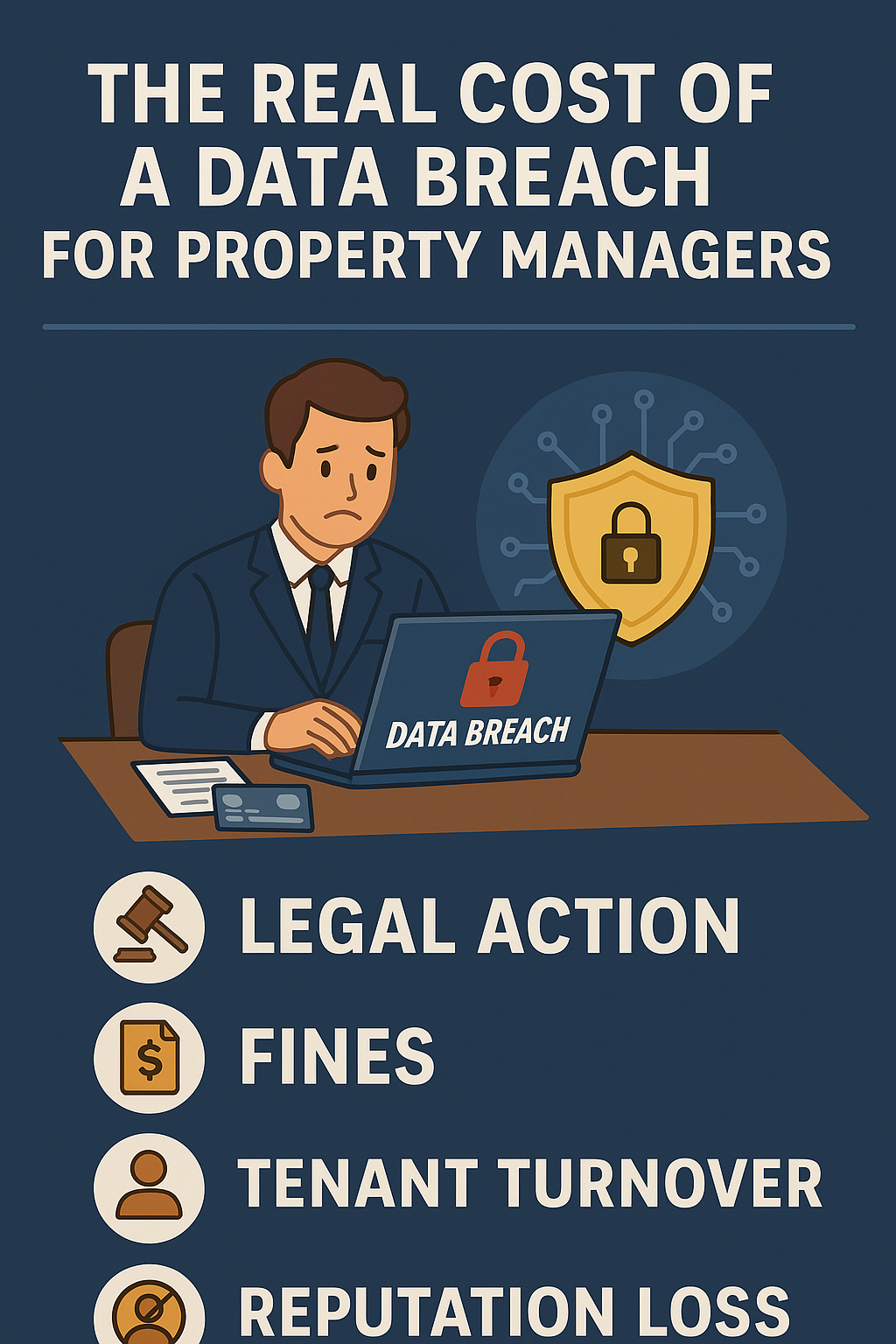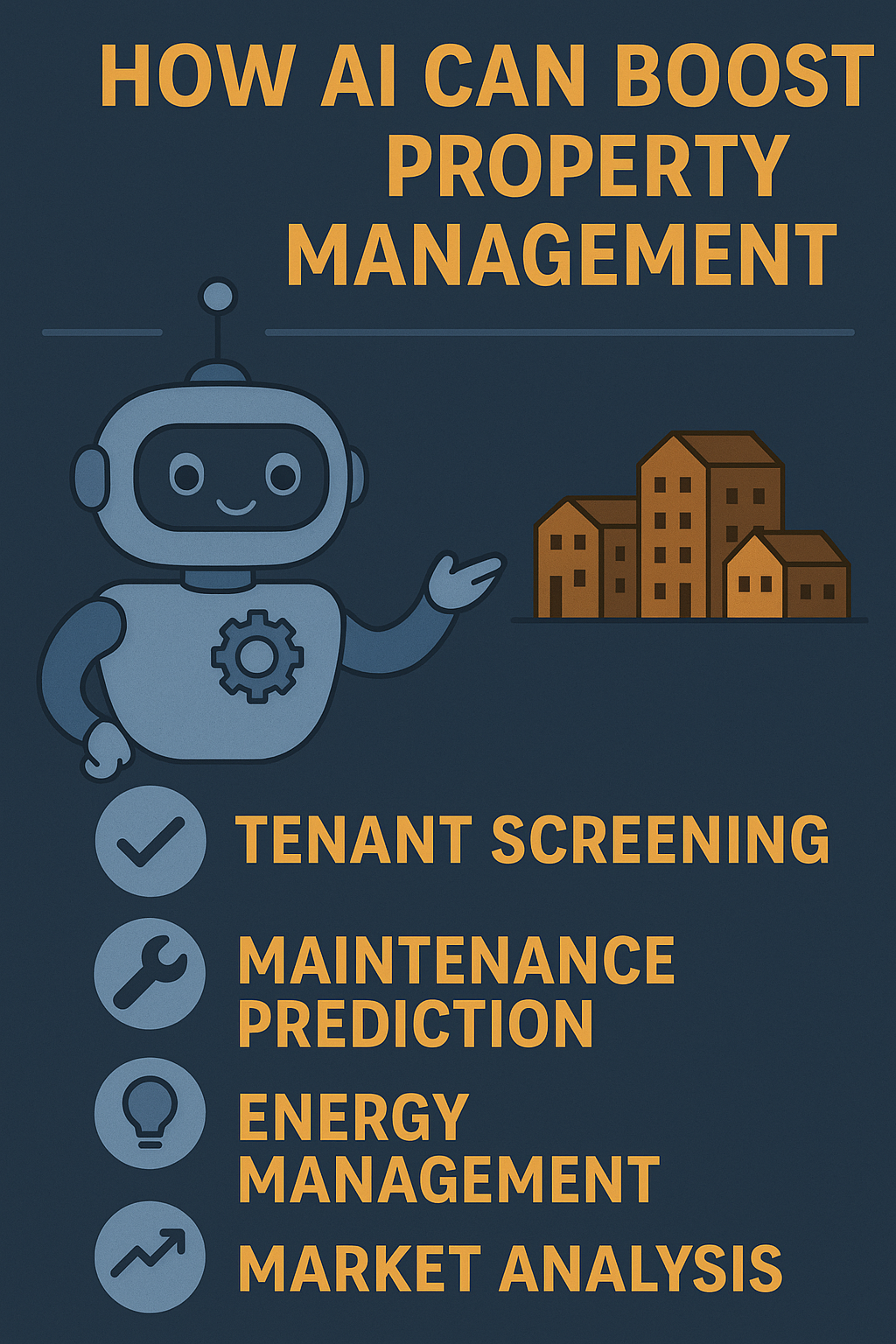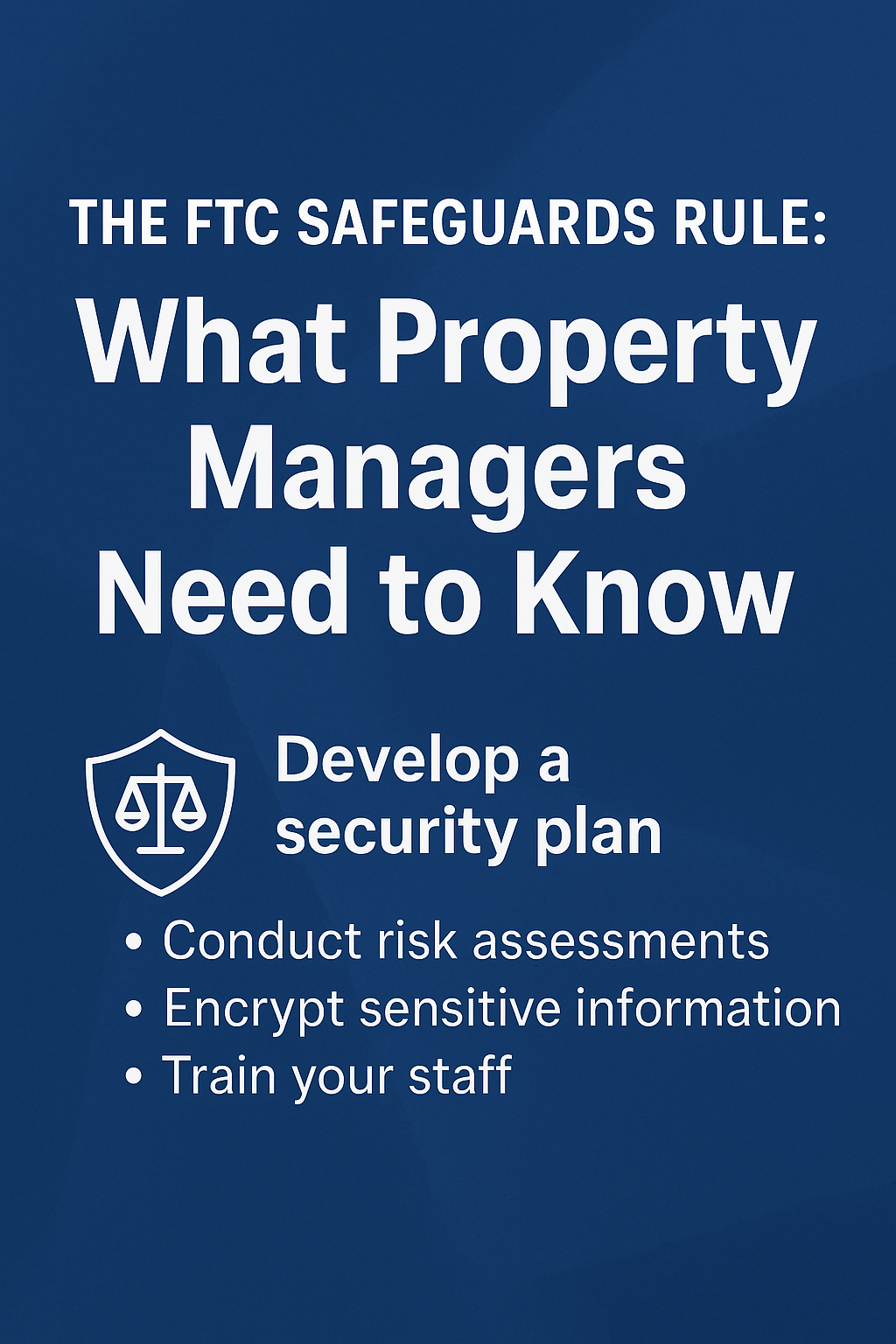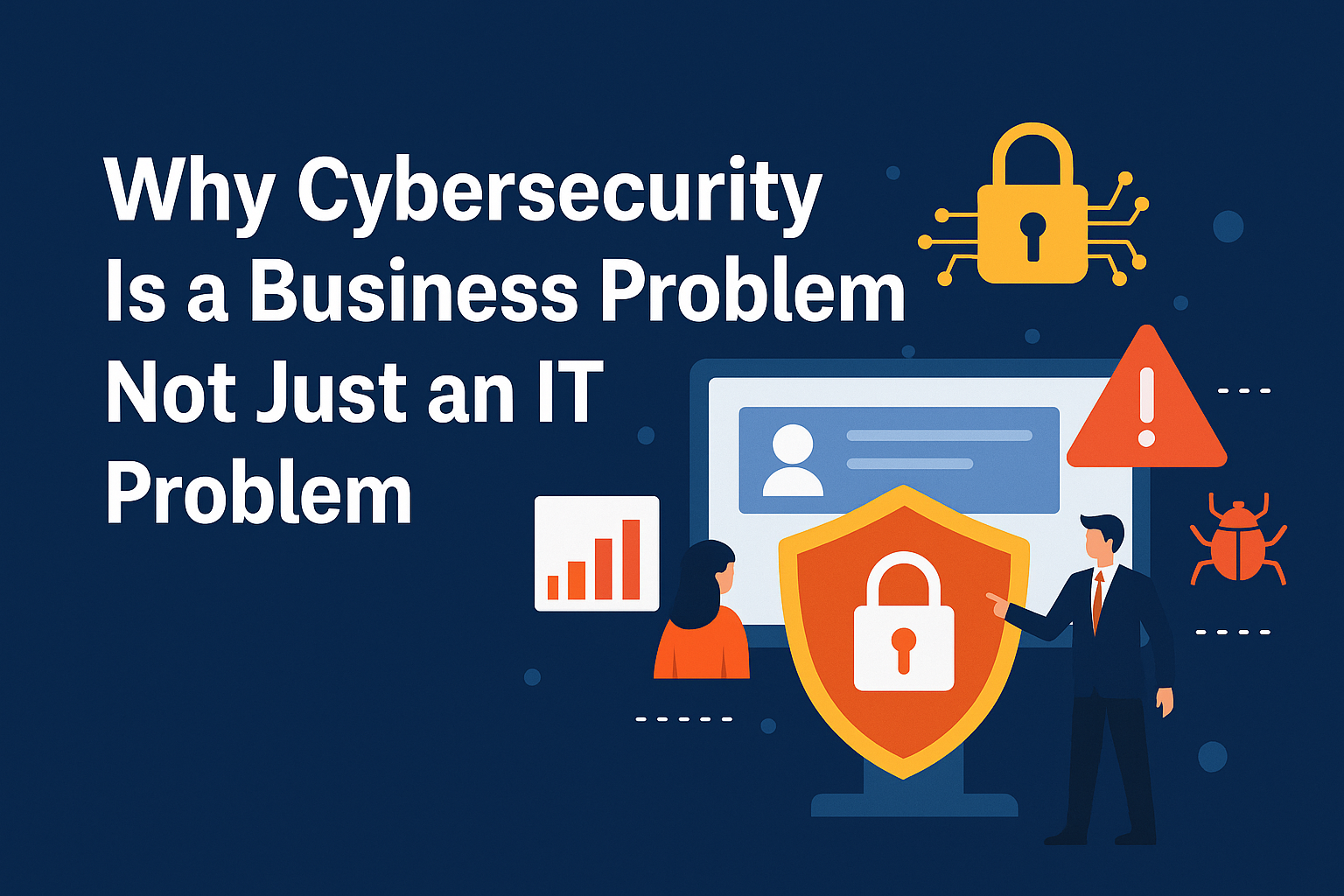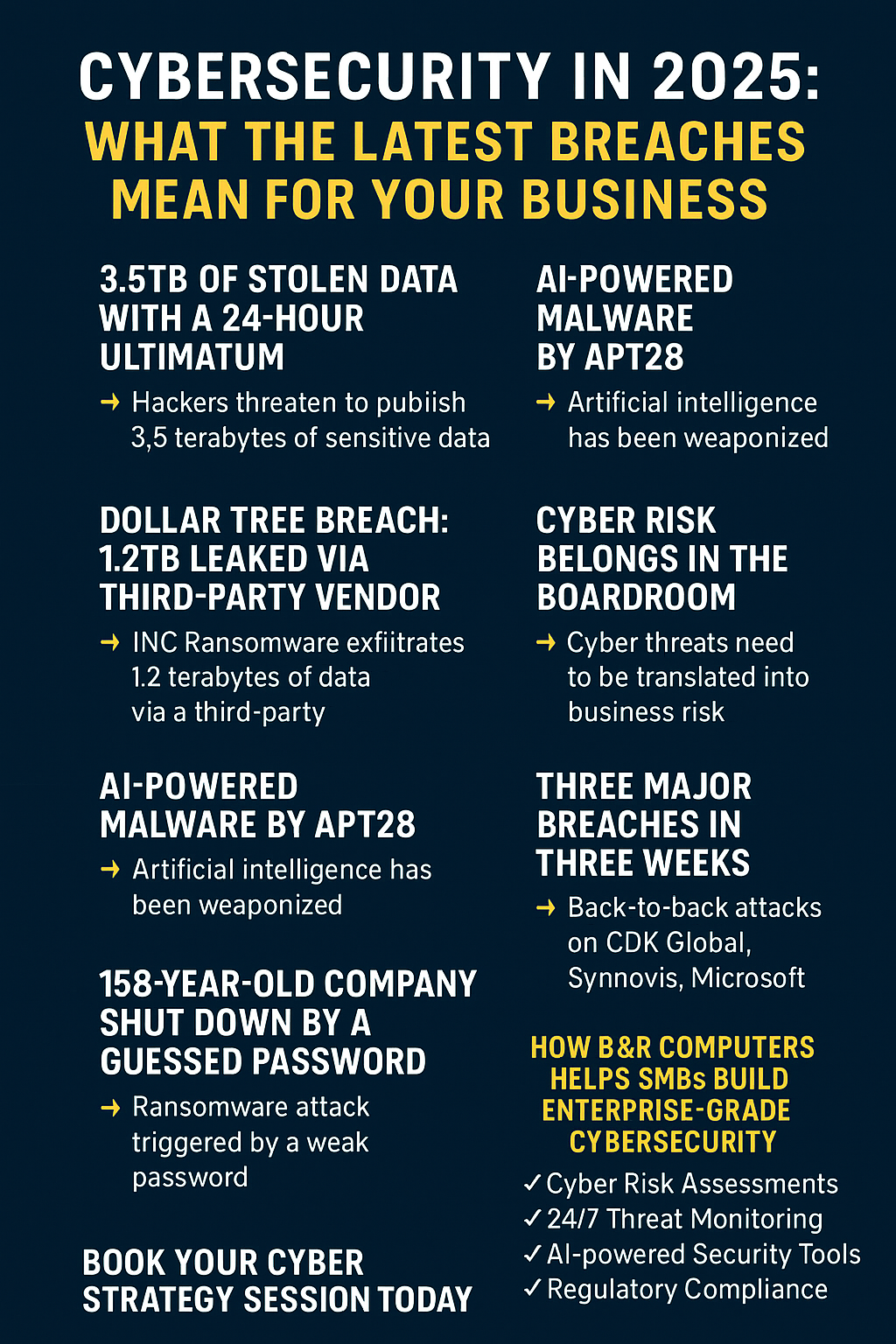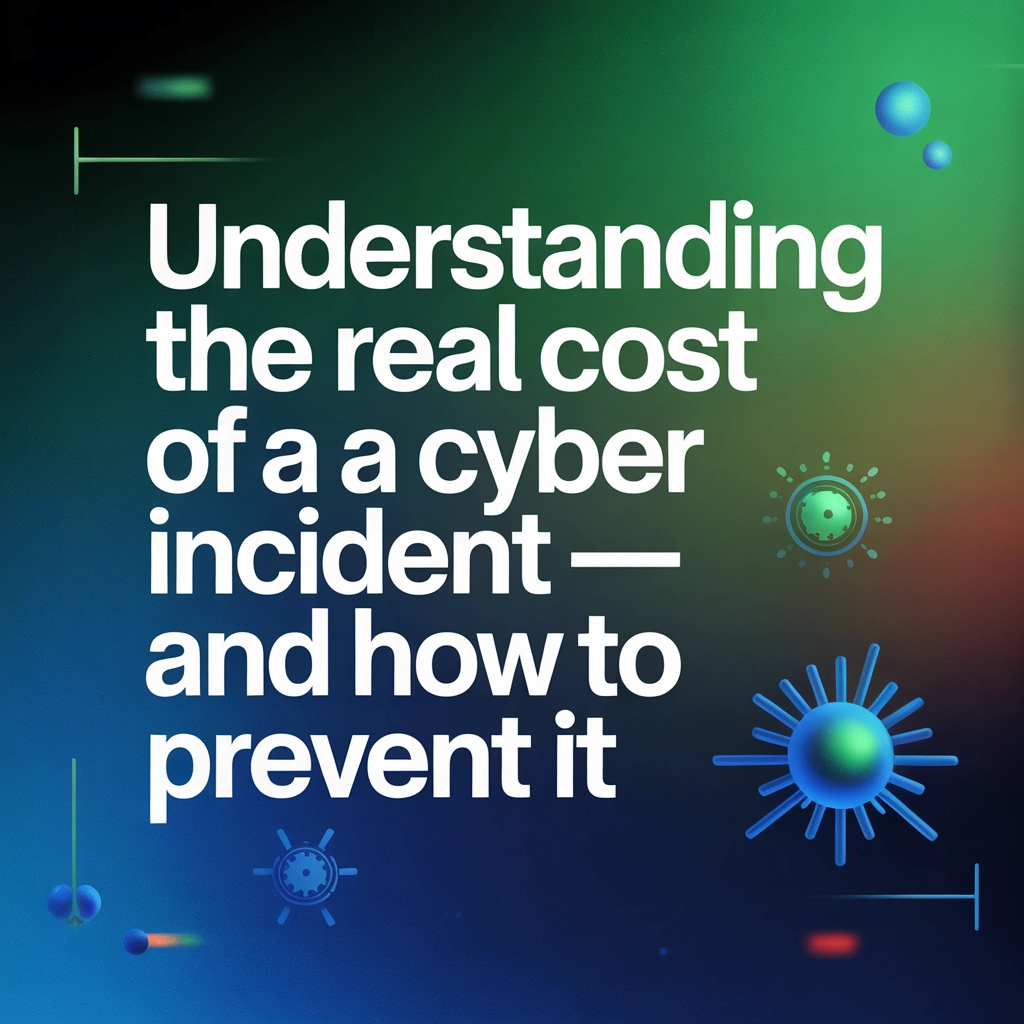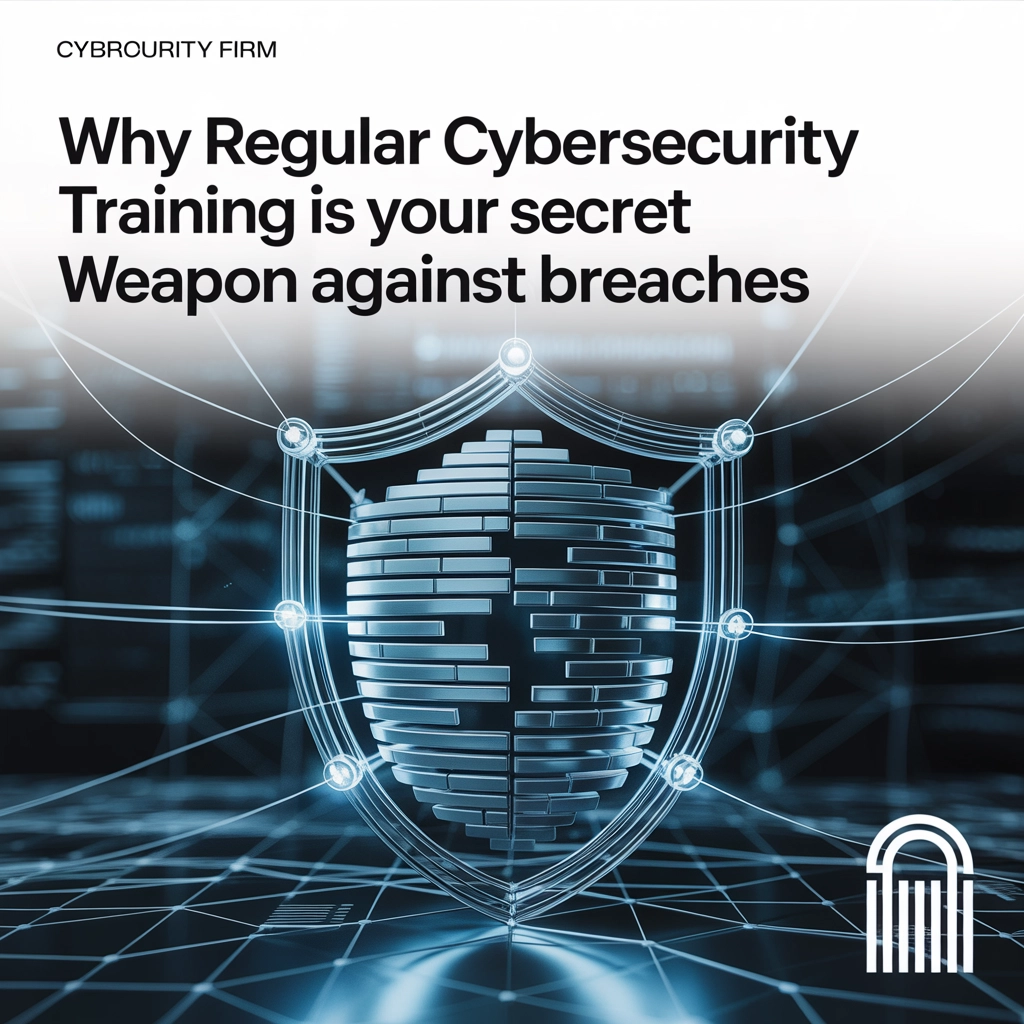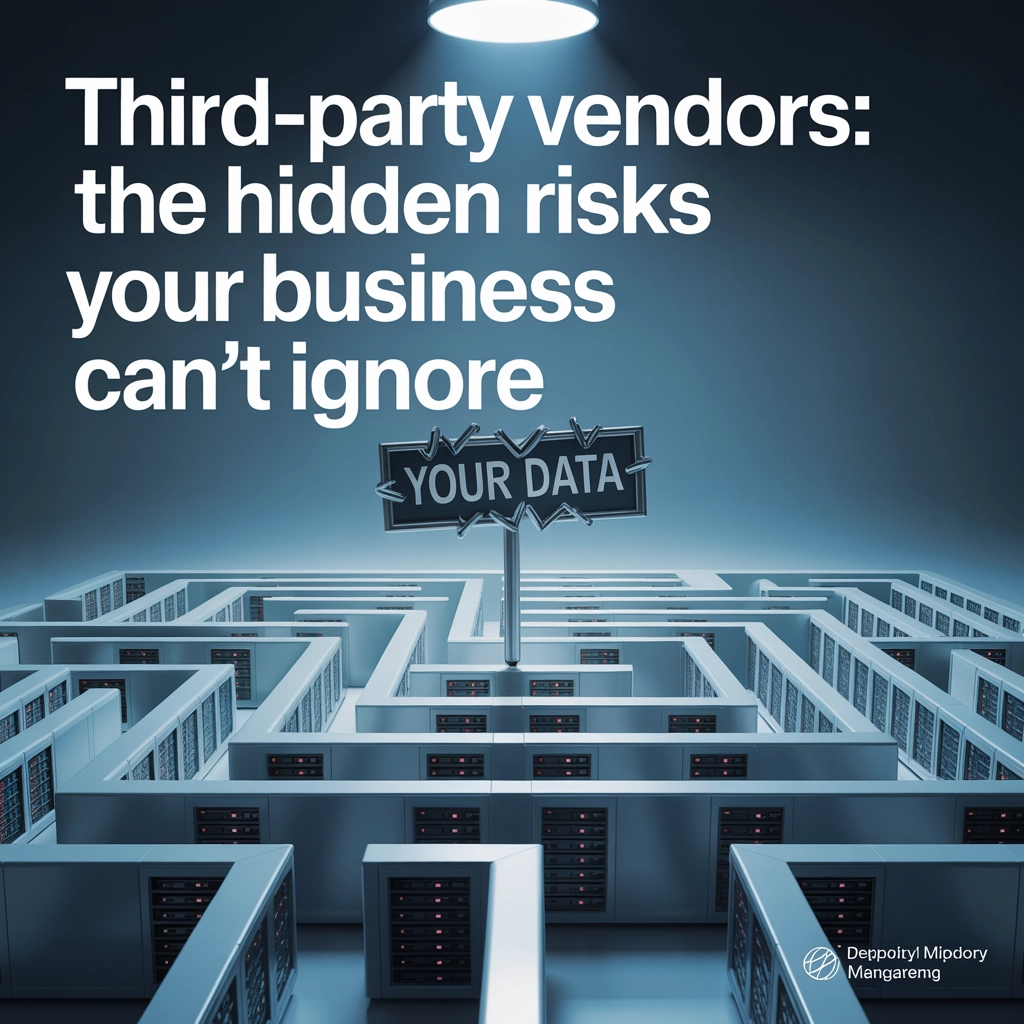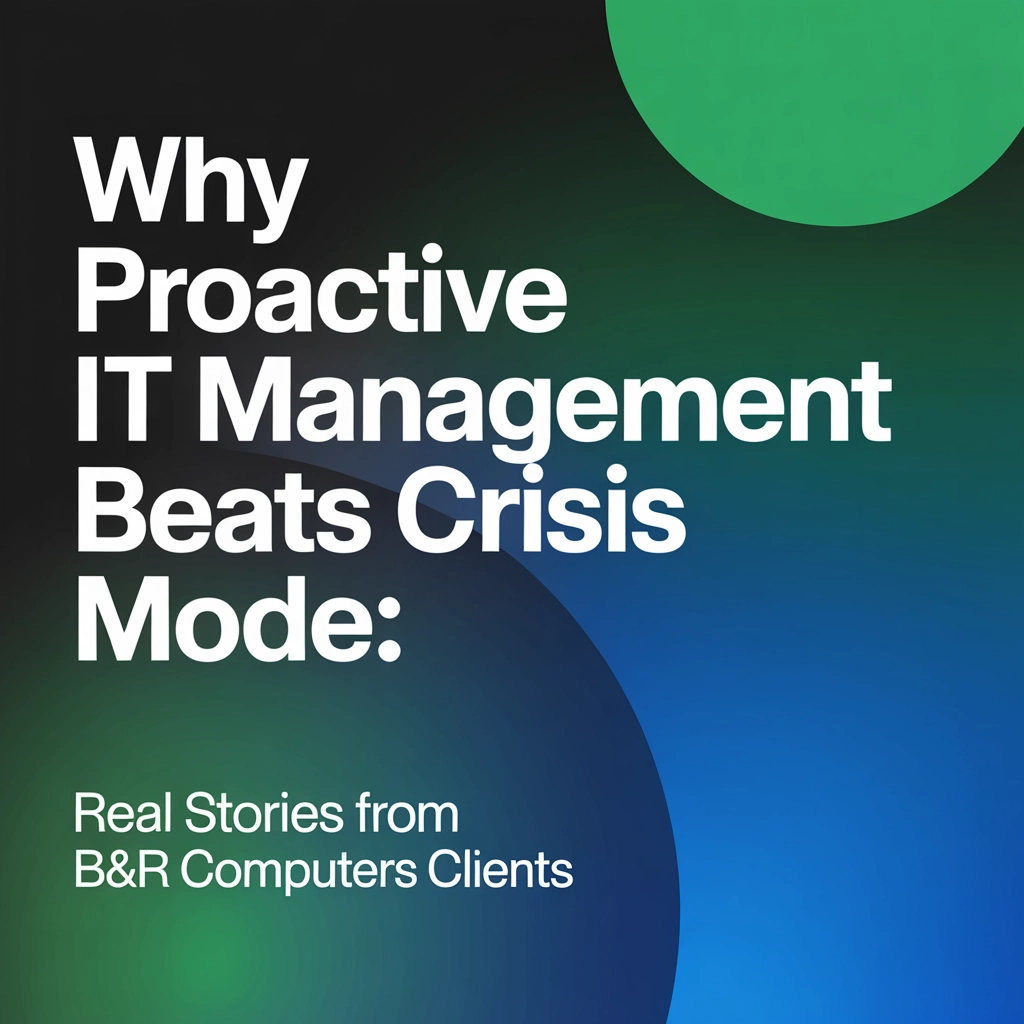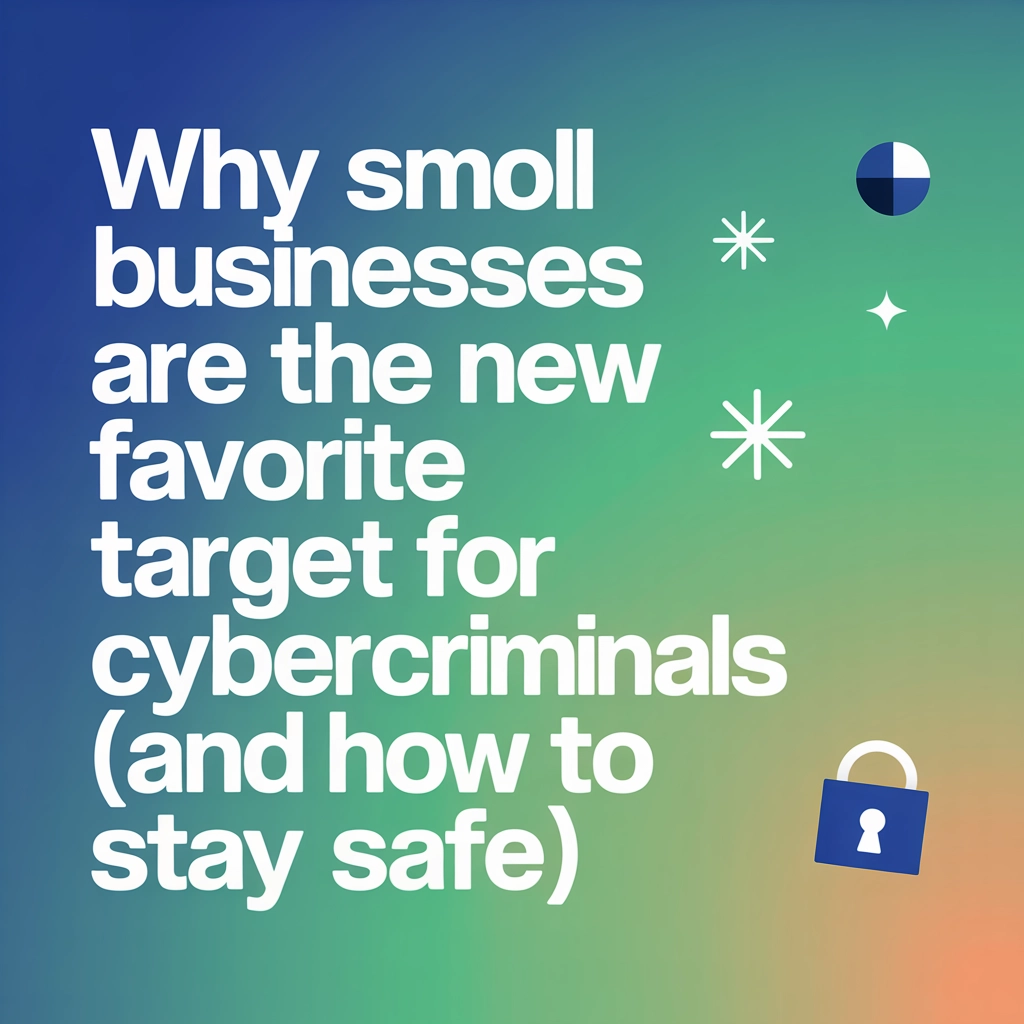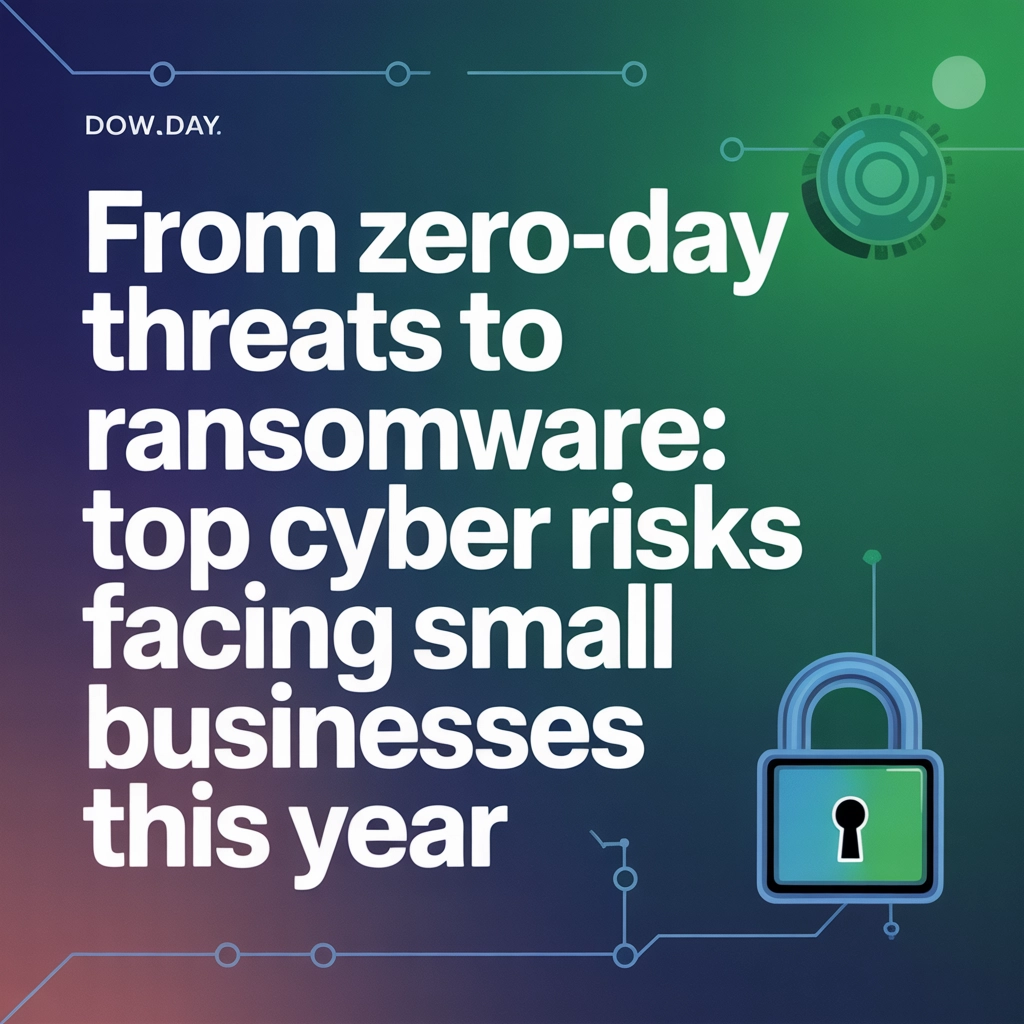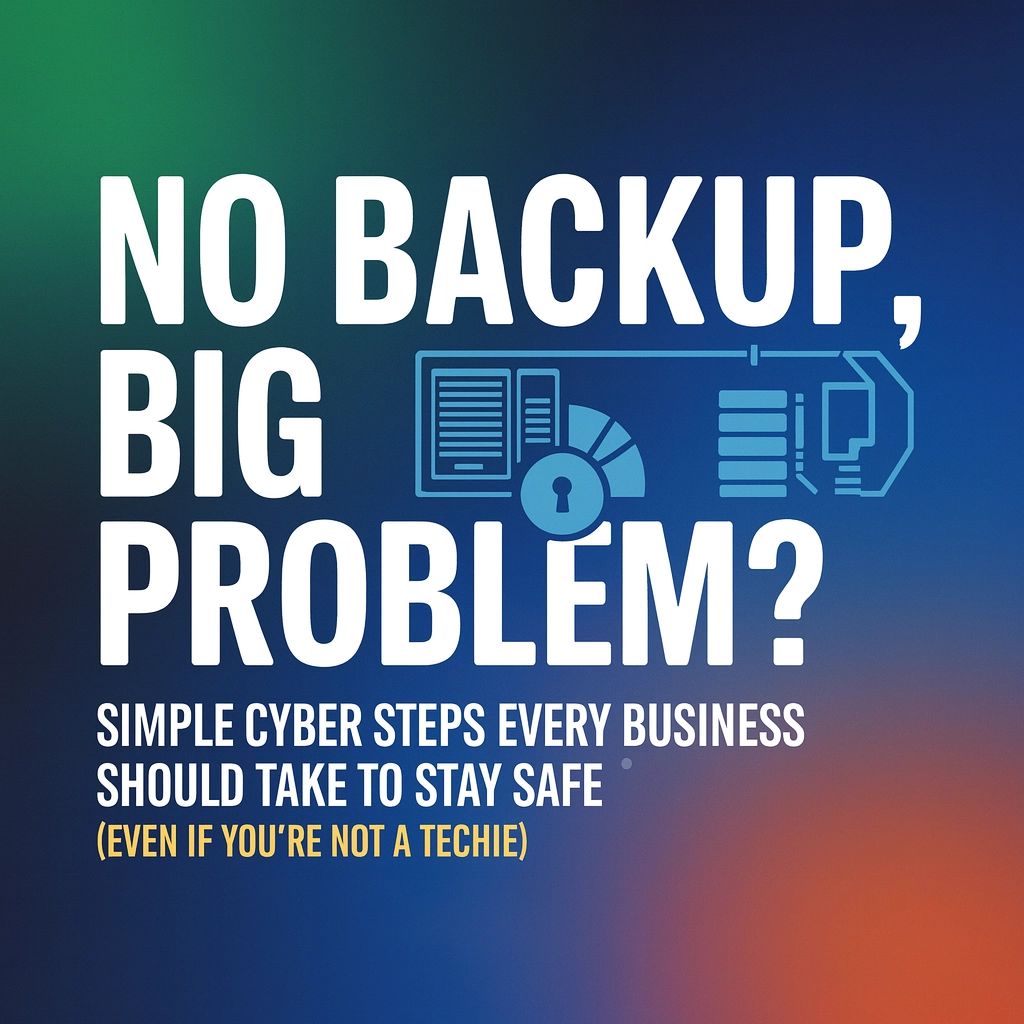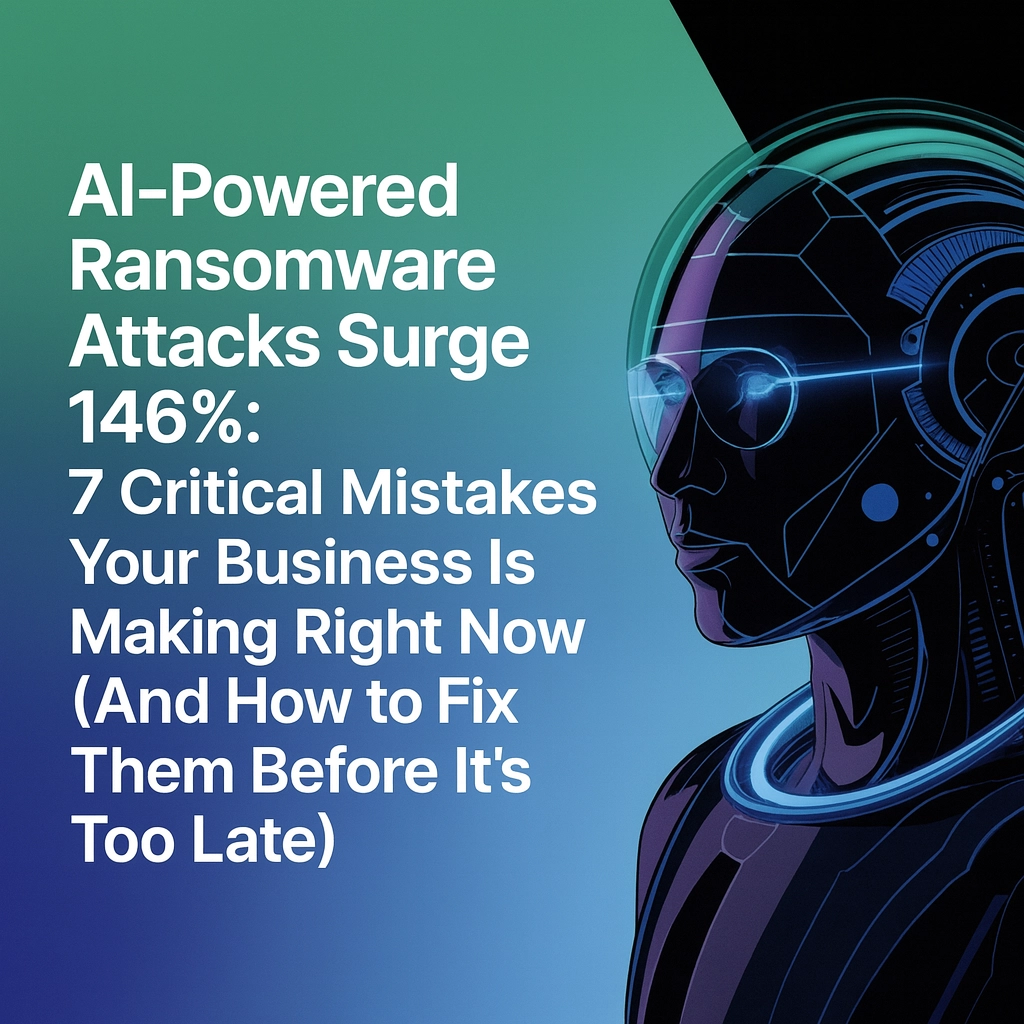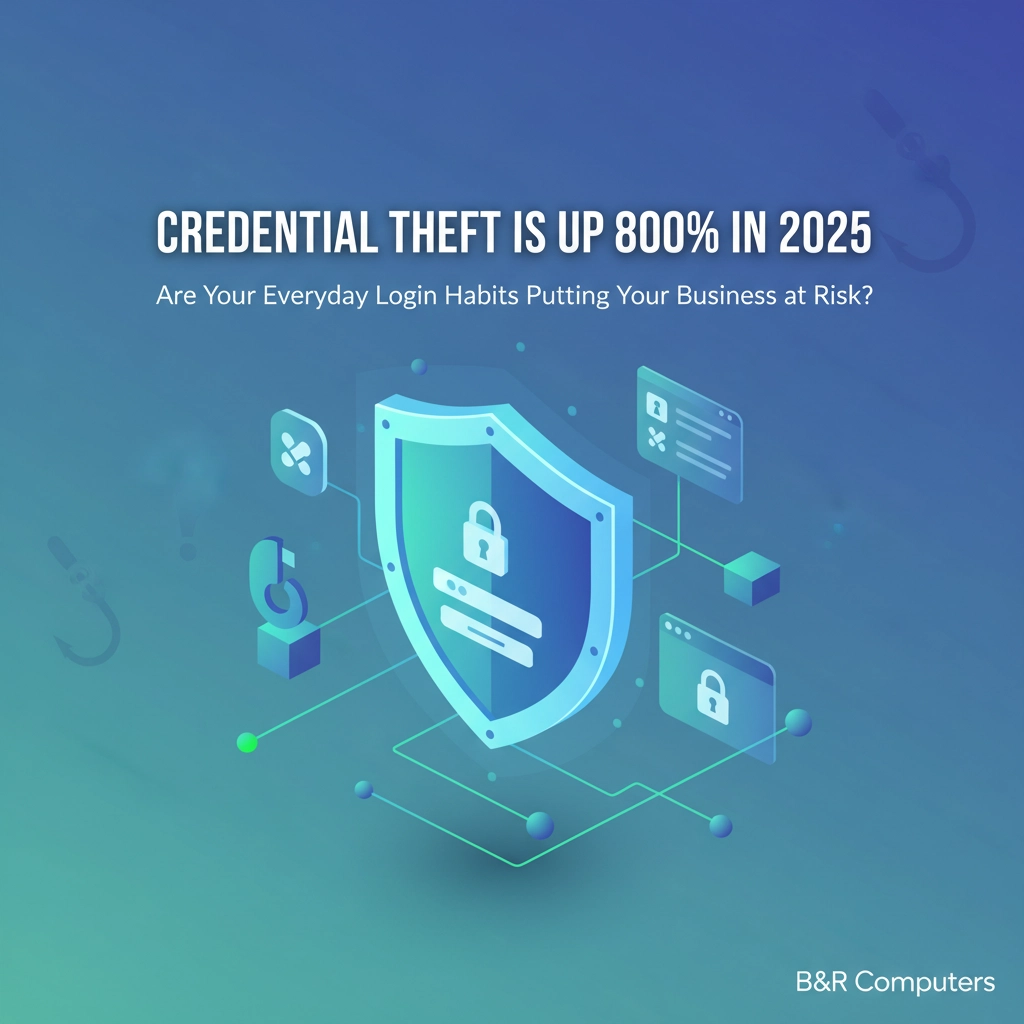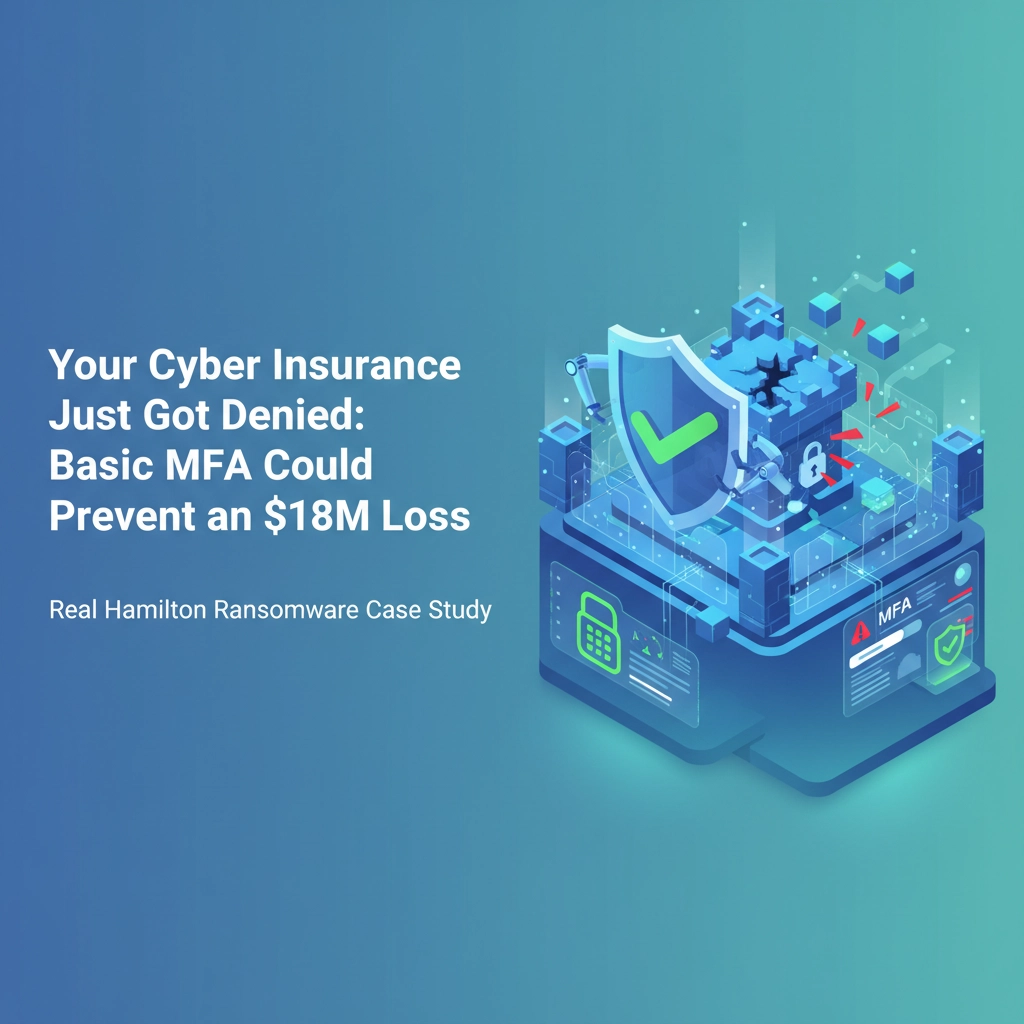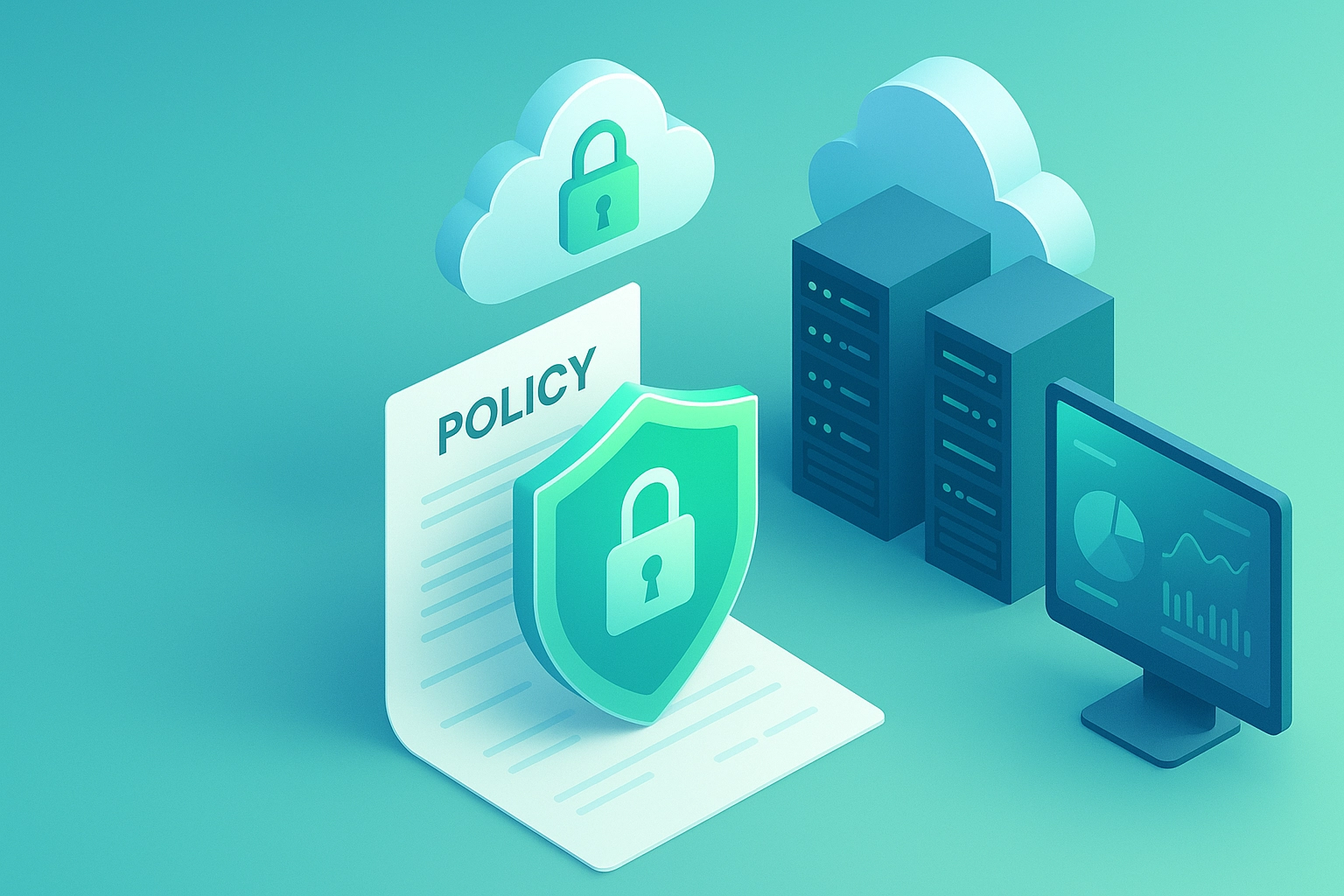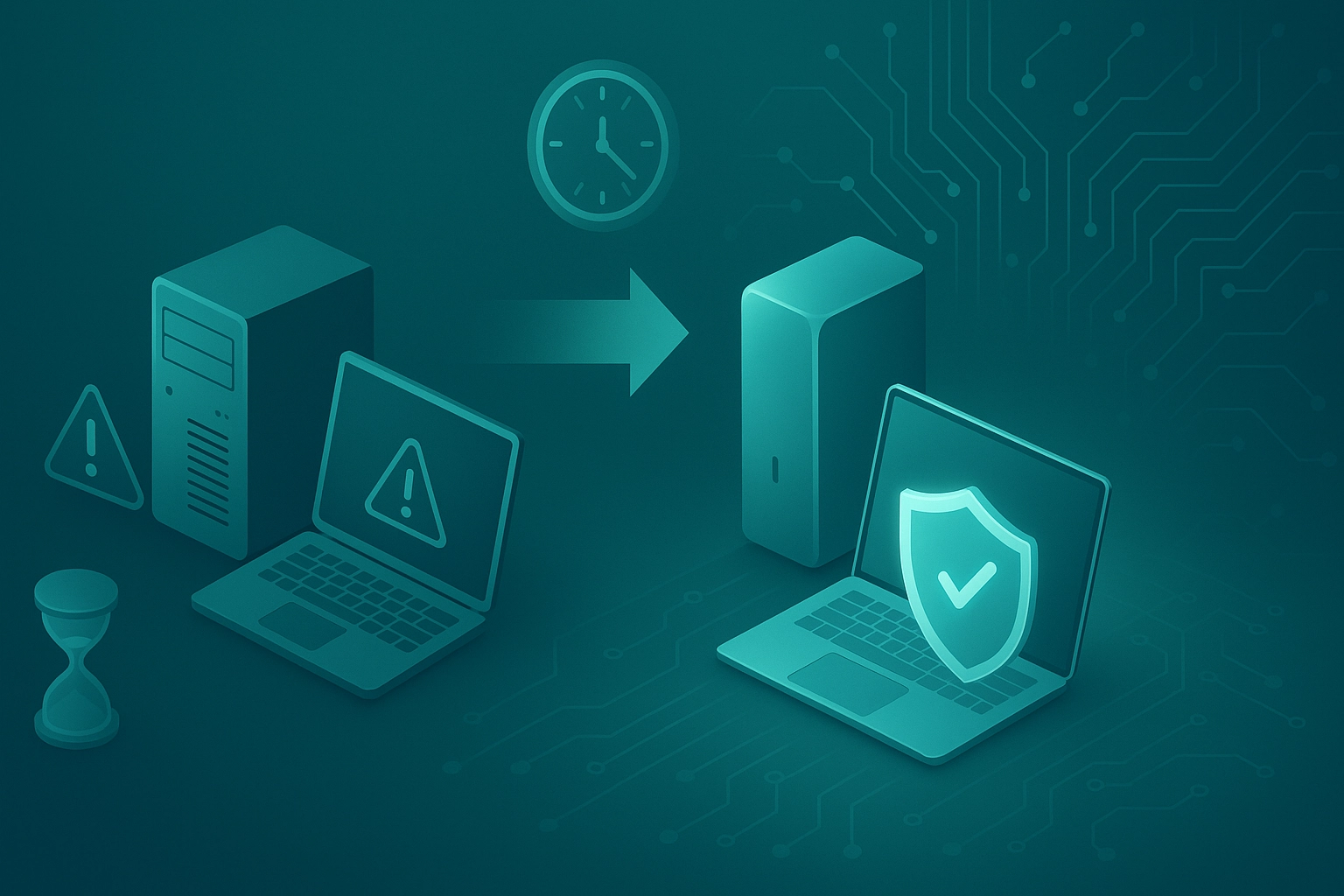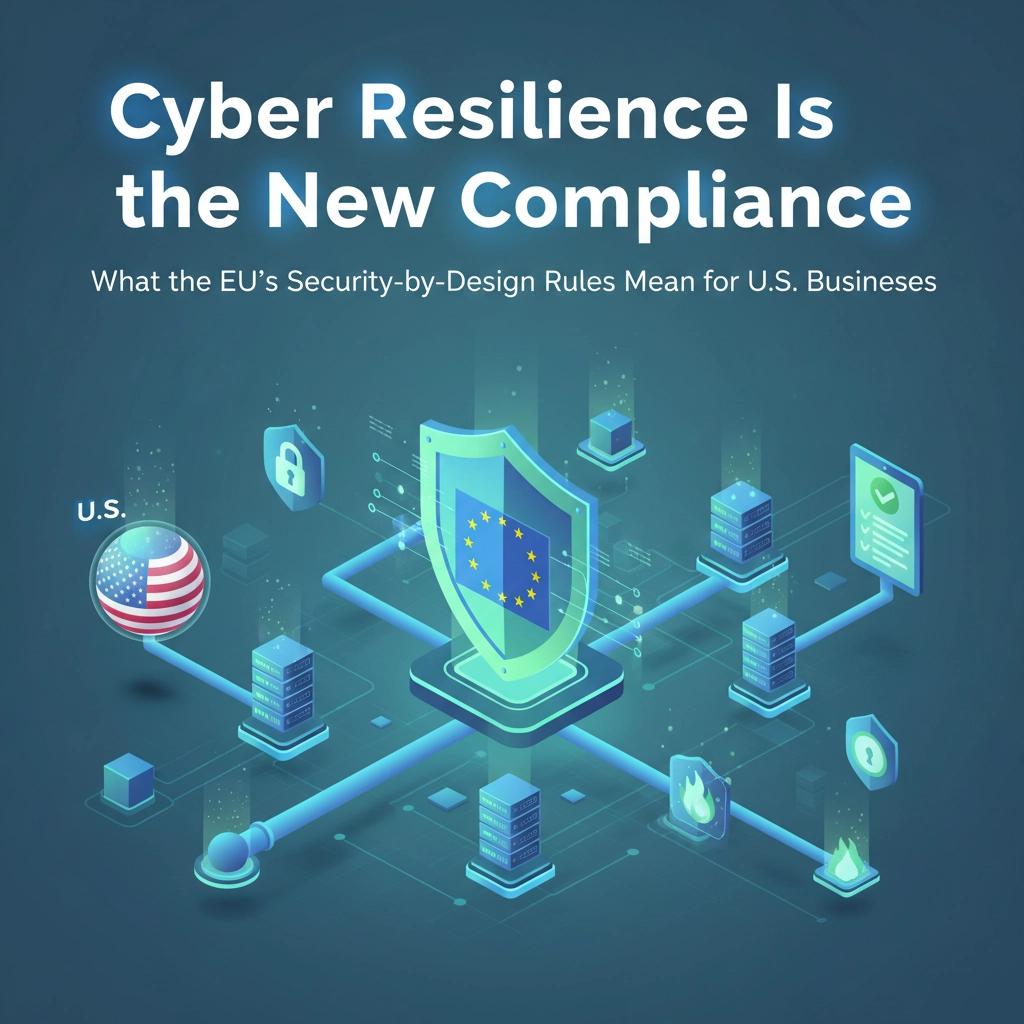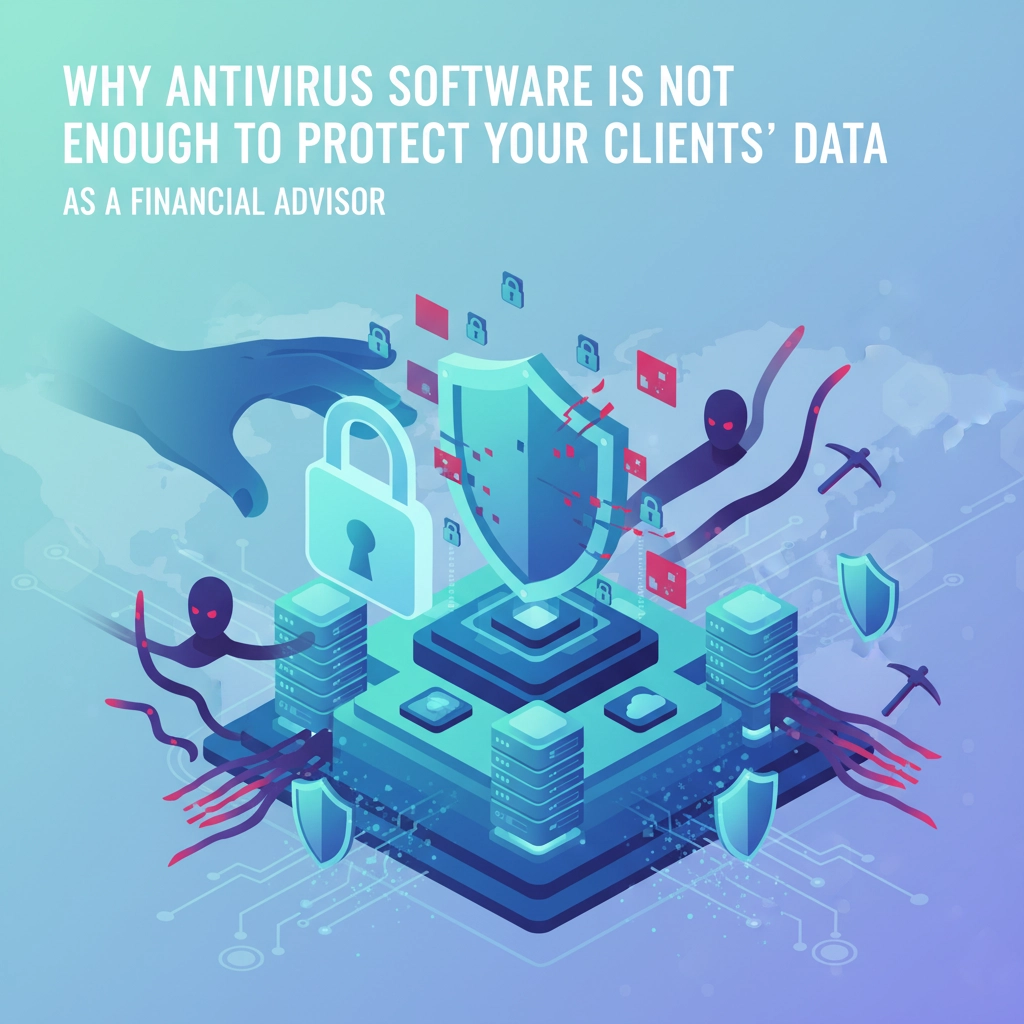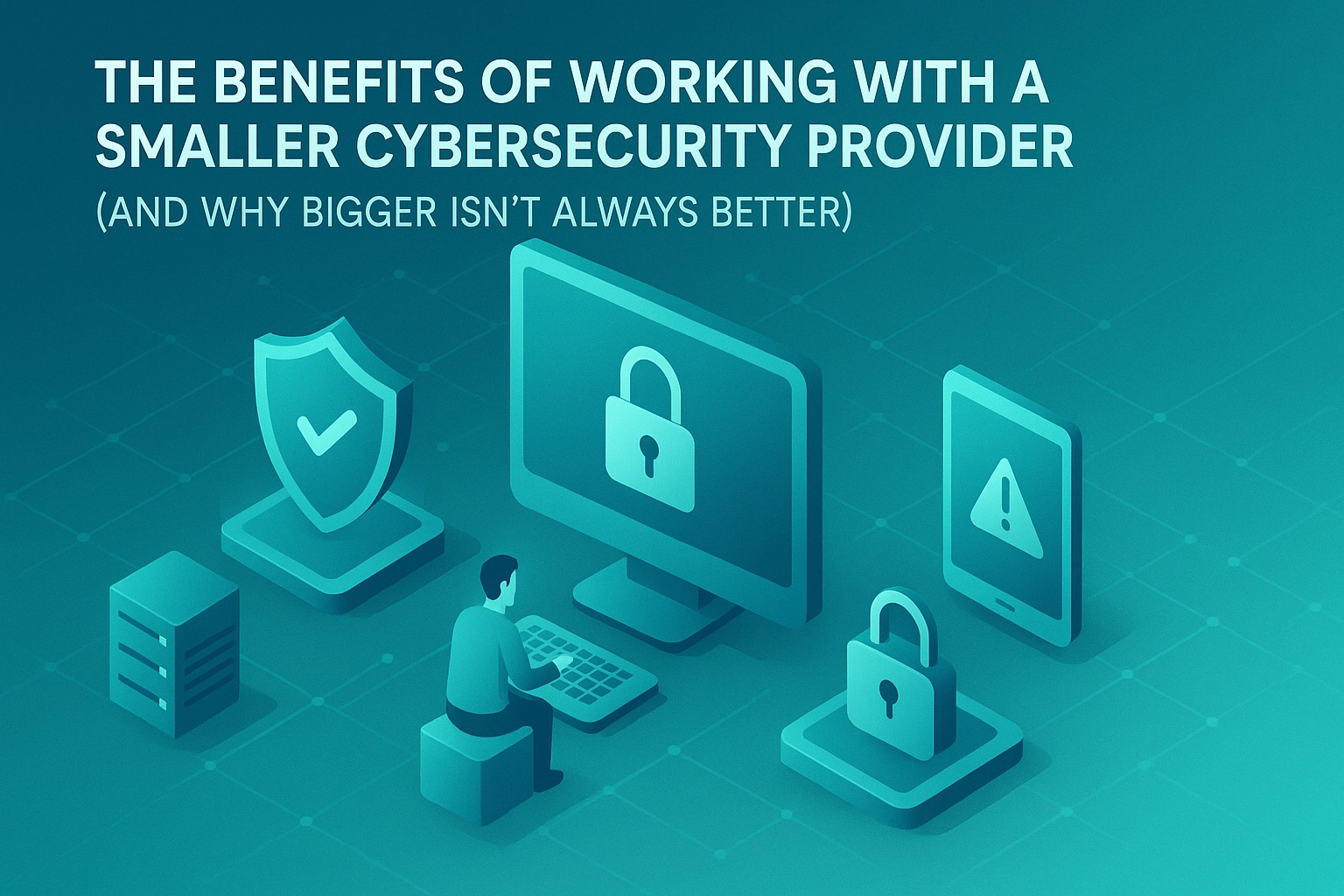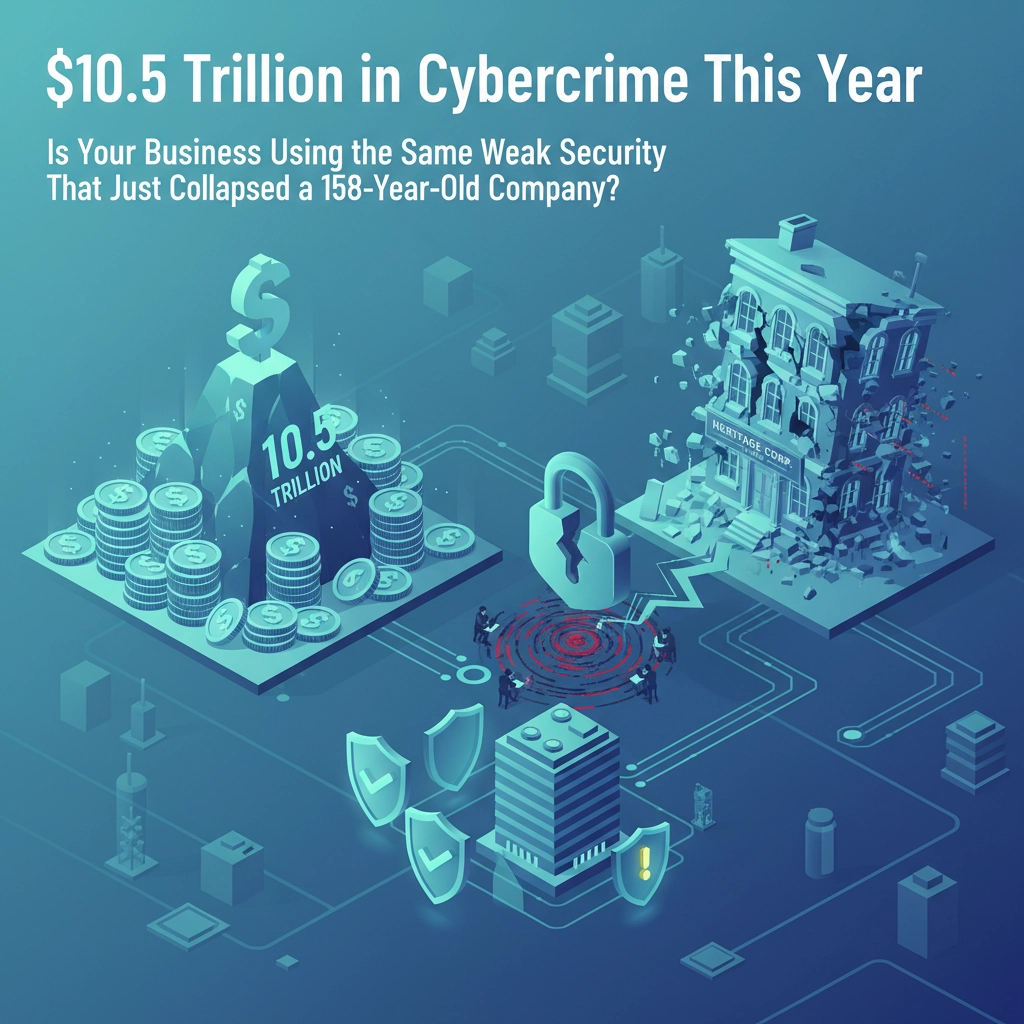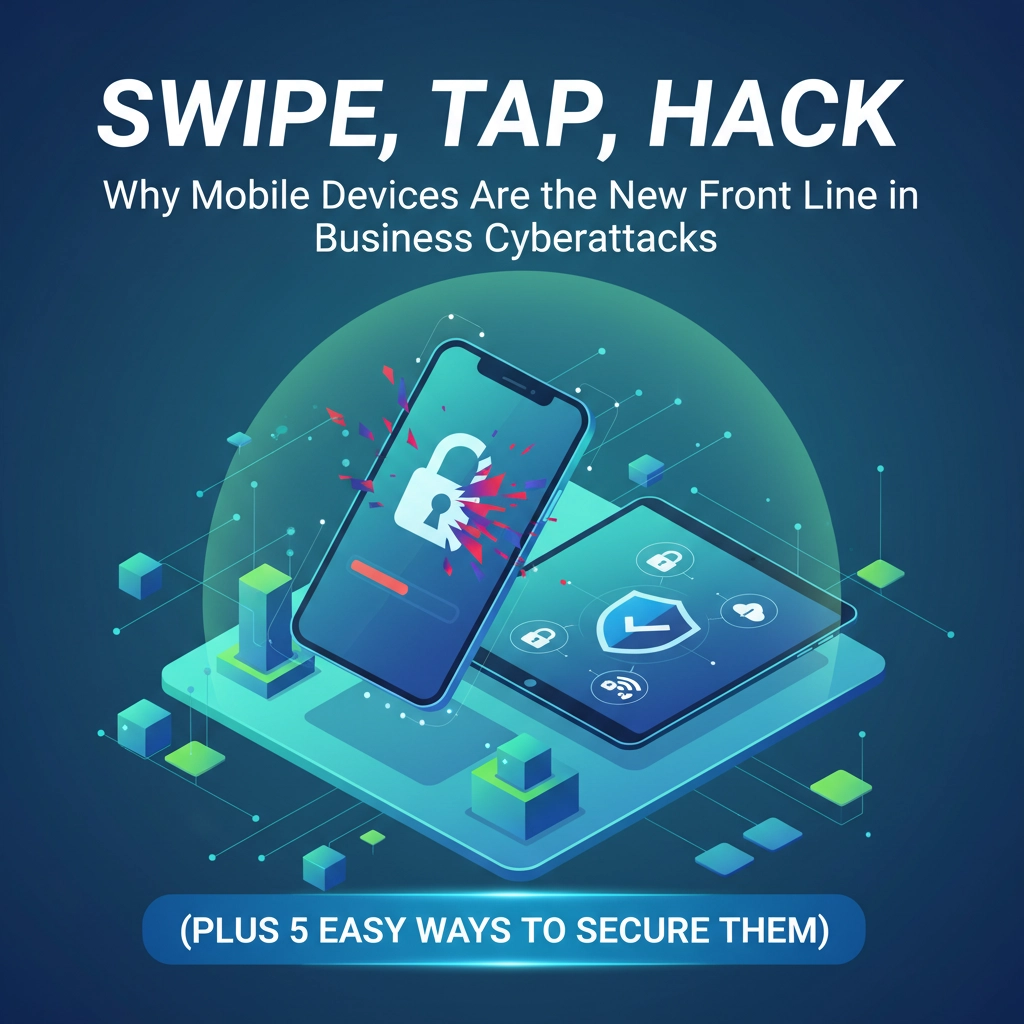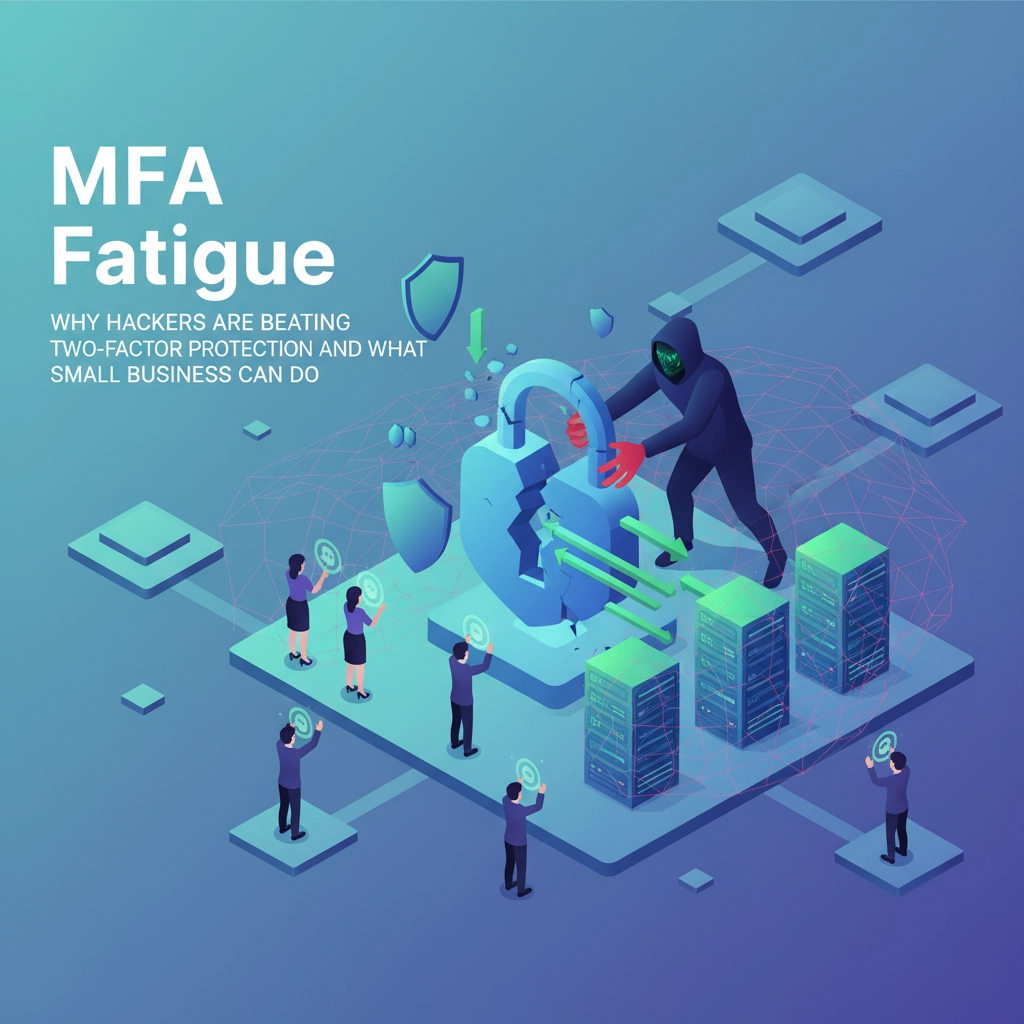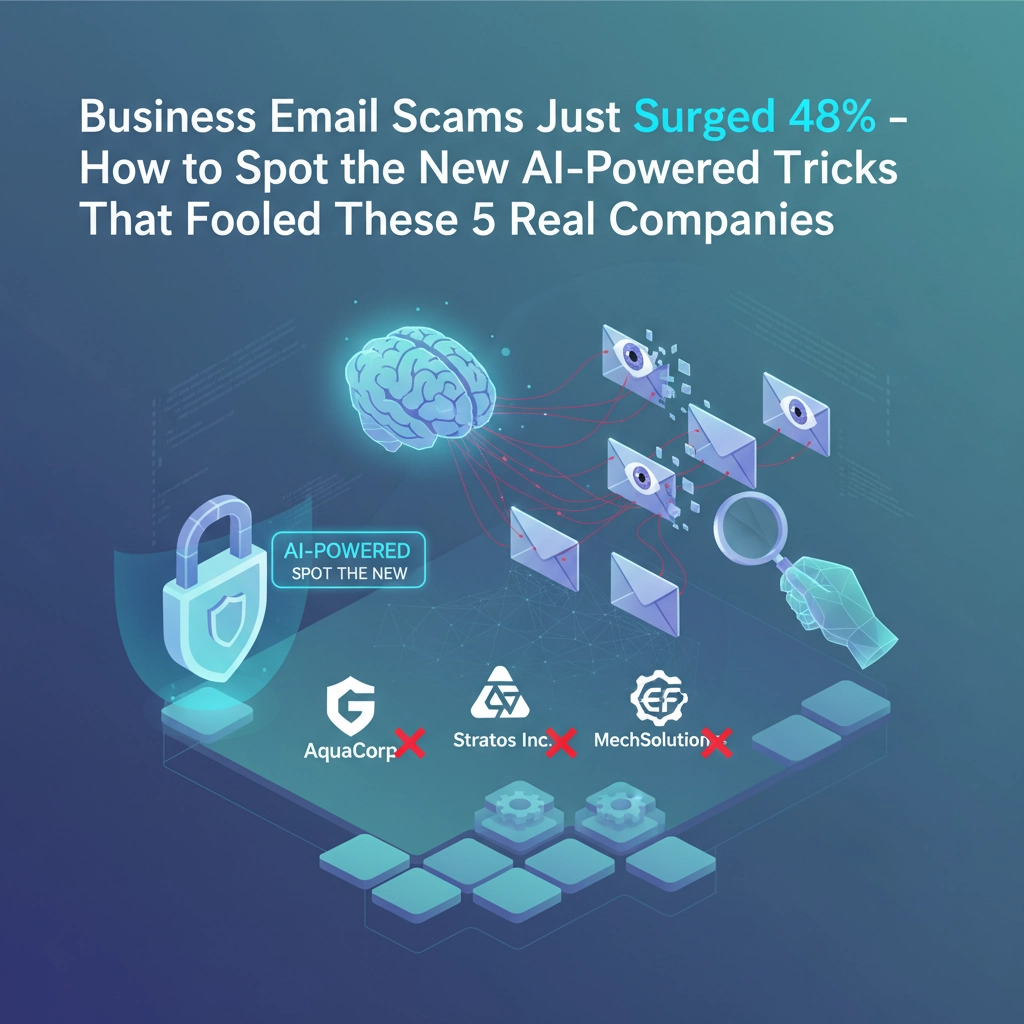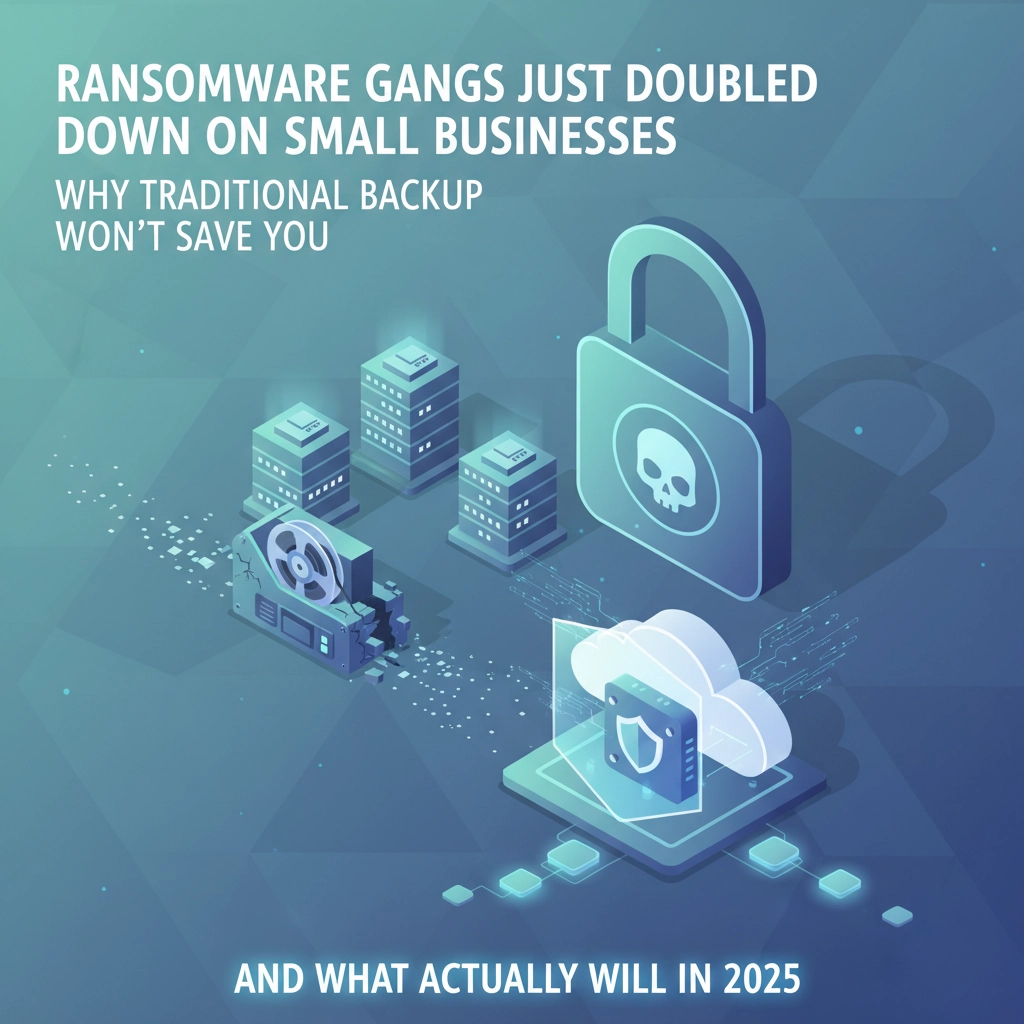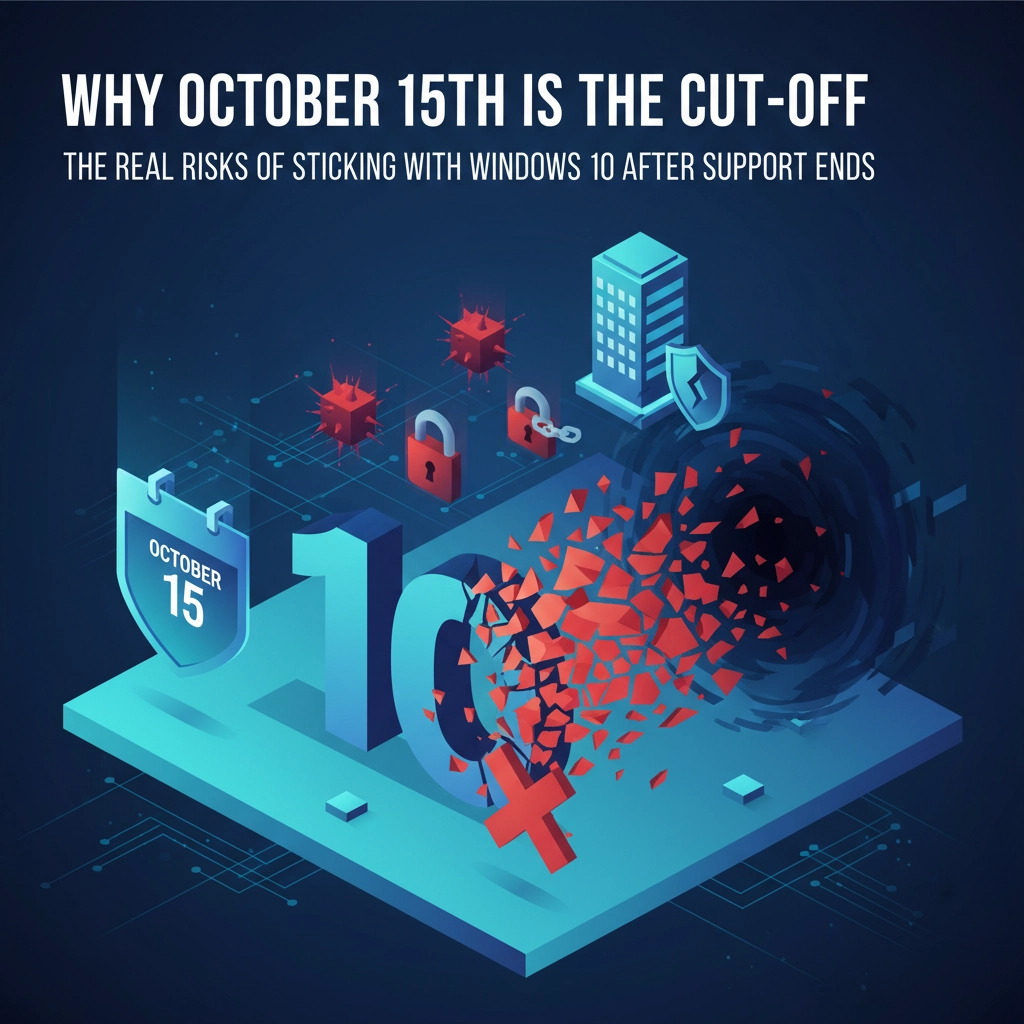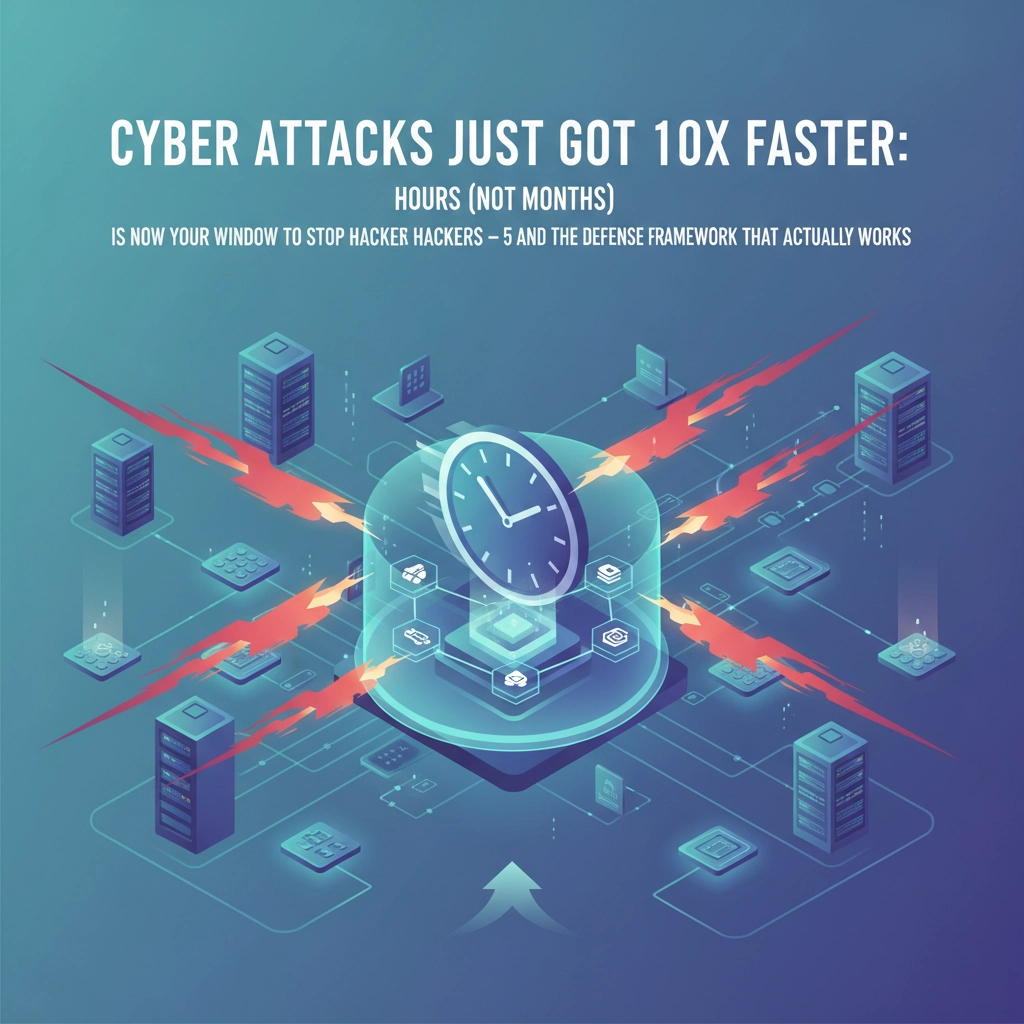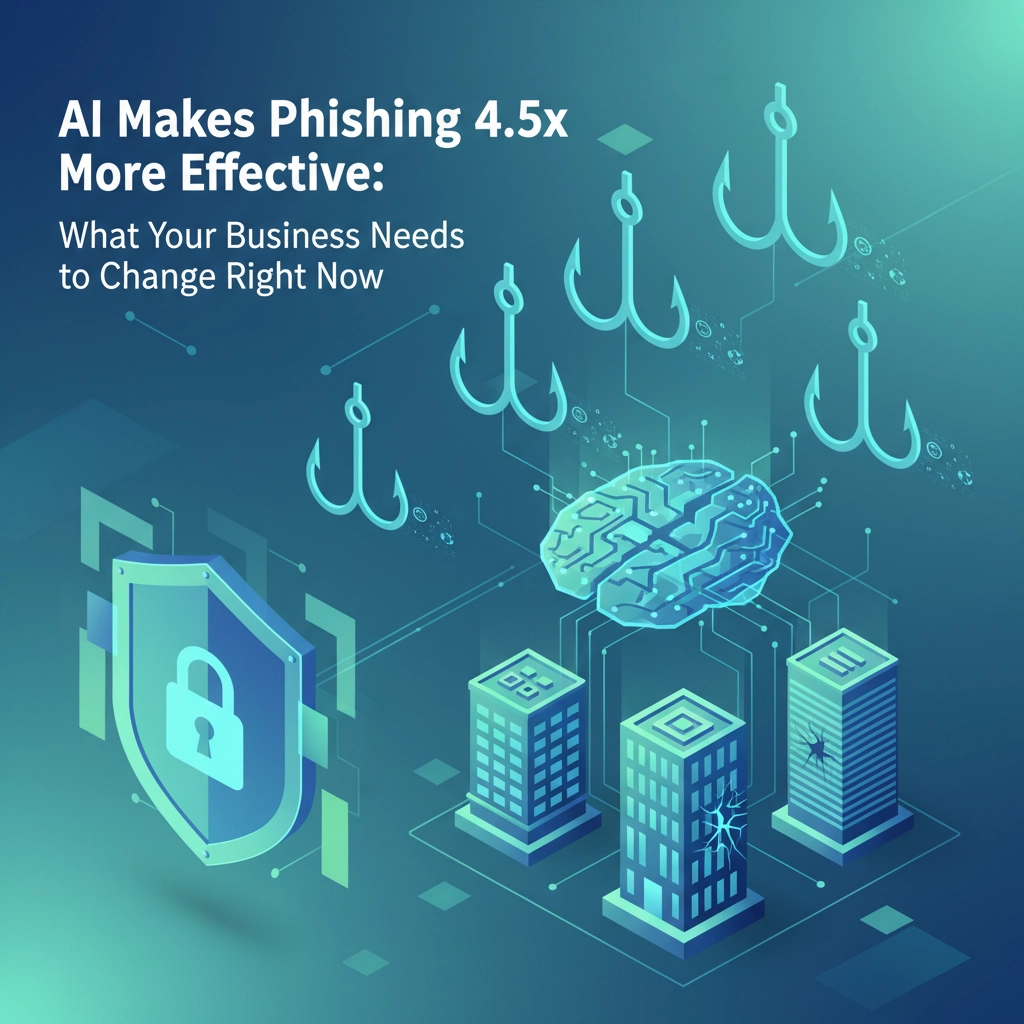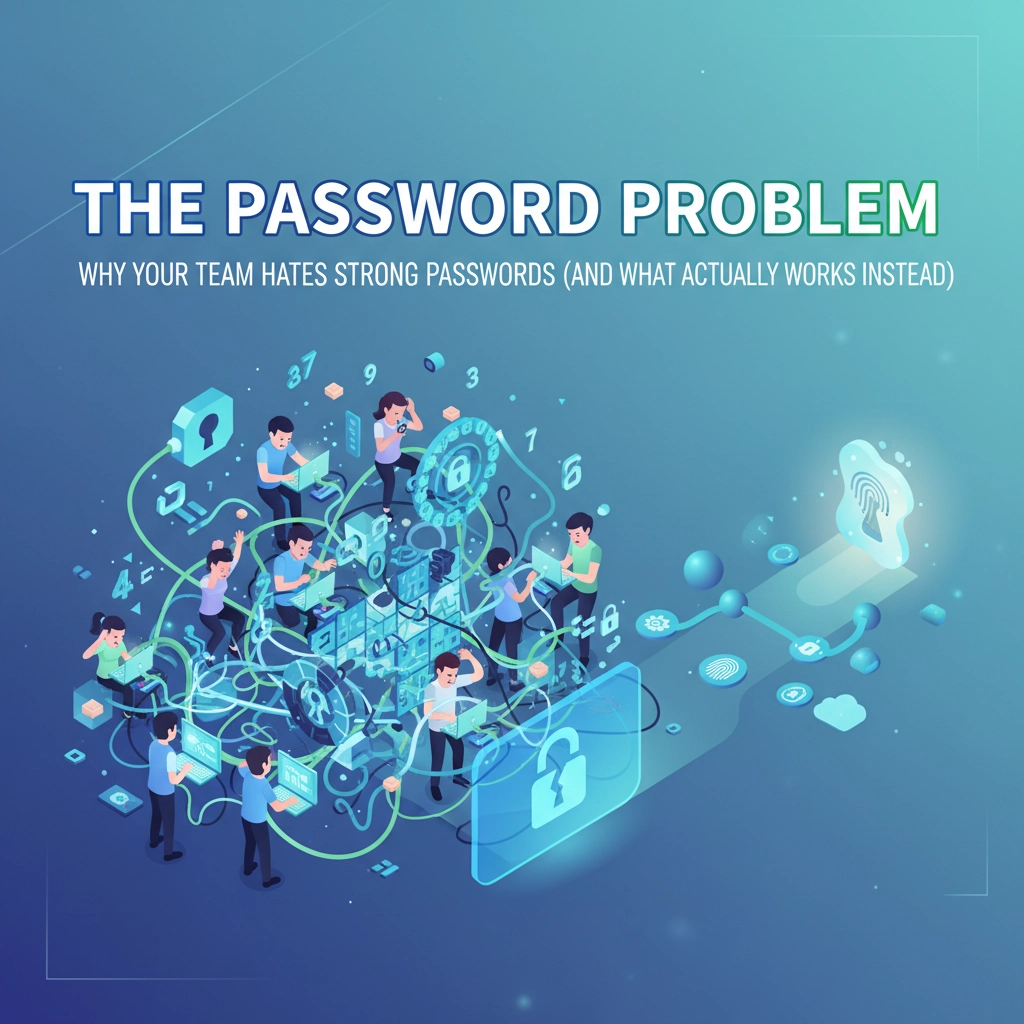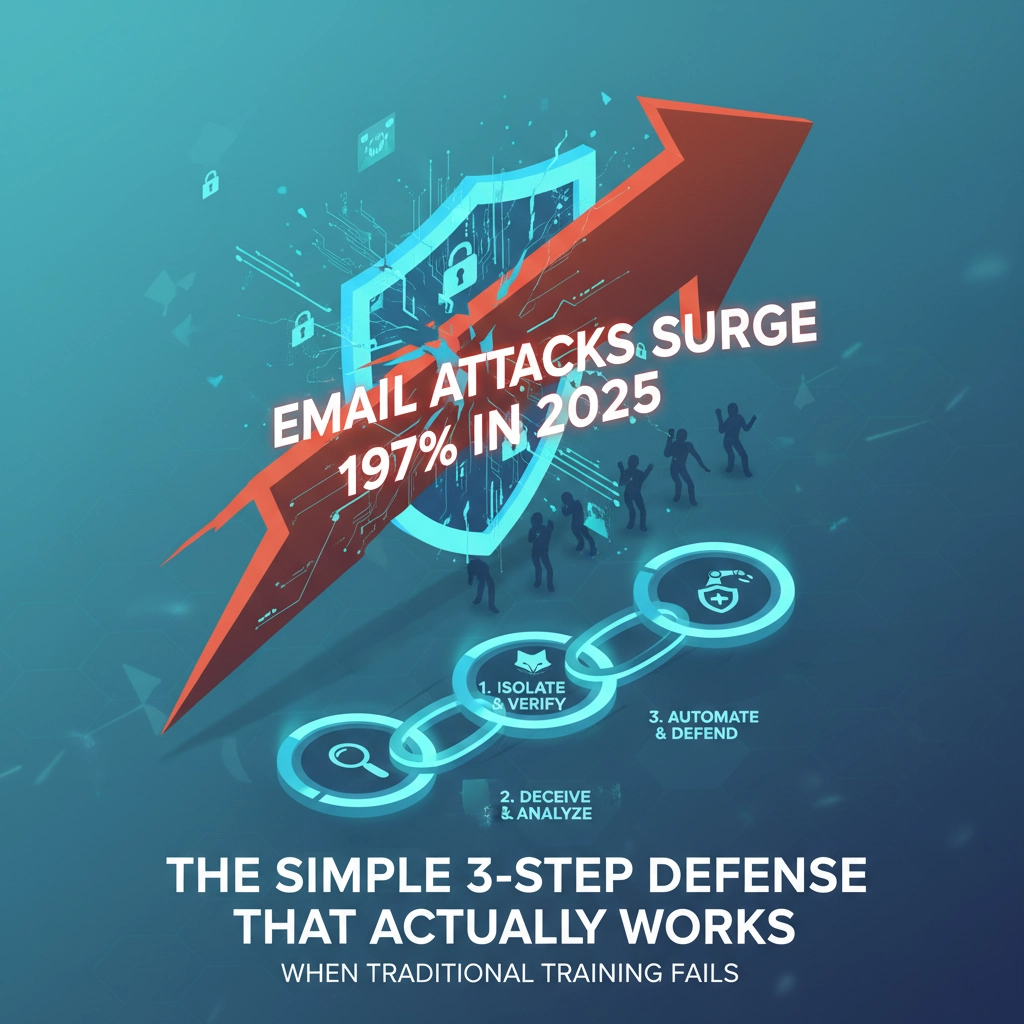Picture this: Your CFO just slashed the IT budget again, calling cybersecurity a "necessary evil" that drains resources without showing returns. Fast forward six months, and your company is front-page news: but not for the reasons you'd want. A data breach just cost you 40% of your customer base, $2.3 million in recovery costs, and a reputation that'll take years to rebuild.
Sound familiar? You're not alone. But here's what's changing: The smartest CFOs in 2025 aren't just tolerating cybersecurity expenses anymore. They're weaponizing them as competitive advantages.
The Hidden Cost of the "Overhead" Mindset
When businesses treat cybersecurity and IT as pure overhead, they're essentially betting their entire future on nothing bad happening. It's like removing the airbags from your car to save on manufacturing costs: technically feasible, but catastrophically shortsighted.
The numbers don't lie. Companies that view cybersecurity as just another line item to minimize are setting themselves up for devastating losses. A single data breach now costs small to medium businesses an average of $2.98 million, according to IBM's latest research. But that's just the immediate damage: the real pain comes from lost customers, damaged reputation, and the months of operational chaos that follow.

Think about it this way: When your website goes down due to a cyberattack, you're not just losing the money you "saved" on security: you're losing every potential sale, every customer interaction, and every competitive advantage you've built. Meanwhile, your competitors with robust IT infrastructure are capturing that market share you'll never get back.
How Smart CFOs Are Rewriting the Rules
The most successful CFOs in 2025 have figured out something crucial: cybersecurity teams generate a median value of $36 million per enterprise initiative they're involved in. That's not a typo: that's $36 million in measurable business value, not just "protection."
These forward-thinking financial leaders are now partnering with their IT teams from day one of strategic planning. Instead of asking "How much will this security upgrade cost?" they're asking "How much revenue can we unlock with better cybersecurity?"
Take the example of a manufacturing company that invested $150,000 in advanced cybersecurity infrastructure. Within 12 months, they'd secured three major contracts worth $4.2 million: contracts they won specifically because clients trusted their data handling capabilities. Their CFO didn't see that $150,000 as an expense; she saw it as the best marketing investment the company ever made.
The Business Value You're Missing
Here's where most business leaders get it wrong: they only think about cybersecurity in terms of what it prevents, not what it enables. Smart CFOs are measuring different metrics entirely.
Revenue Protection and Growth
Companies with mature incident response capabilities reduce breach costs by up to 58%. But beyond just saving money, robust cybersecurity enables you to pursue opportunities that competitors can't touch. Want to work with healthcare clients? You'll need HIPAA compliance. Eyeing government contracts? You'll need security certifications that take months to achieve: if you start now.
Customer Trust as Currency
In today's market, customer trust isn't just nice to have: it's a measurable asset. A recent study found that 87% of customers will take their business elsewhere after a company suffers a data breach. Your cybersecurity investment isn't protecting data; it's protecting your customer lifetime value.
Operational Efficiency
Modern IT infrastructure doesn't just defend: it optimizes. Cloud-based security solutions with AI-powered threat detection can actually reduce your operational costs while improving performance. One B&R client saw their IT maintenance costs drop by 35% after implementing a comprehensive managed security solution, while simultaneously improving their uptime from 97% to 99.8%.

Three Strategic Priorities Every CFO Should Adopt
1. Vendor Risk as Financial Risk
Smart CFOs now evaluate third-party vendors not just on cost and capabilities, but on their cybersecurity posture. Why? Because 61% of breaches now originate from compromised vendors. That "cheap" supplier could end up being the most expensive mistake your company ever makes.
2. Proactive Investment Over Reactive Spending
Instead of waiting for problems to emerge, leading CFOs are investing in tabletop exercises, attack simulations, and real-time monitoring. The math is simple: spending $50,000 on preventive measures beats spending $500,000 on incident response every single time.
3. Outcome-Driven Metrics
The old way: counting how many attacks your system blocked. The new way: measuring how quickly you can patch critical vulnerabilities, how fast you can restore operations after an incident, and how your security posture impacts customer acquisition costs.
The Competitive Advantage Nobody's Talking About
Here's the secret weapon that smart CFOs have discovered: cybersecurity as a sales tool. When your prospects are choosing between you and a competitor, robust cybersecurity can be the deciding factor.
We've seen clients win deals specifically because they could demonstrate superior data protection. Their security investments didn't just protect existing revenue: they generated new revenue by opening doors that were previously locked.
Your Action Plan: From Cost Center to Profit Center
Ready to make the shift? Here's your roadmap:
Week 1-2: Audit Your Current Approach
- Calculate the true cost of downtime for your business (hint: it's probably 10x what you think)
- Assess your current vendor risks
- Document any deals you've lost due to security concerns
Week 3-4: Reframe Your Metrics
- Stop measuring cybersecurity success by incidents prevented
- Start measuring by business opportunities enabled
- Calculate the customer lifetime value you're protecting
Month 2: Strategic Planning
- Involve your IT team in business development conversations
- Identify which prospects require specific security certifications
- Plan your cybersecurity investments around growth opportunities, not just threat mitigation
Ongoing: Partnership, Not Oversight
- Make cybersecurity a standing agenda item in financial planning meetings
- Treat your CISO or IT leader as a strategic business partner
- Regularly review how security investments are contributing to business growth
Stop Playing Defense: Start Playing to Win
The companies winning in 2025 aren't the ones spending the least on cybersecurity: they're the ones spending the smartest. They've figured out that robust IT infrastructure isn't a luxury or a necessary evil; it's a competitive weapon that enables growth, builds customer trust, and creates sustainable competitive advantages.
Your cybersecurity investment today determines your market position tomorrow. The question isn't whether you can afford to invest in comprehensive cybersecurity: it's whether you can afford not to.
Ready to transform your IT spending from overhead into your competitive advantage? At B&R Computers, we specialize in helping CFOs and business leaders build IT strategies that drive growth, not just prevent problems. Our investment-focused approach has helped dozens of businesses turn their cybersecurity spend into measurable business results.
Contact B&R Computers today for a strategic IT assessment that focuses on business outcomes, not just technical solutions. Let's turn your biggest "expense" into your greatest competitive advantage.





